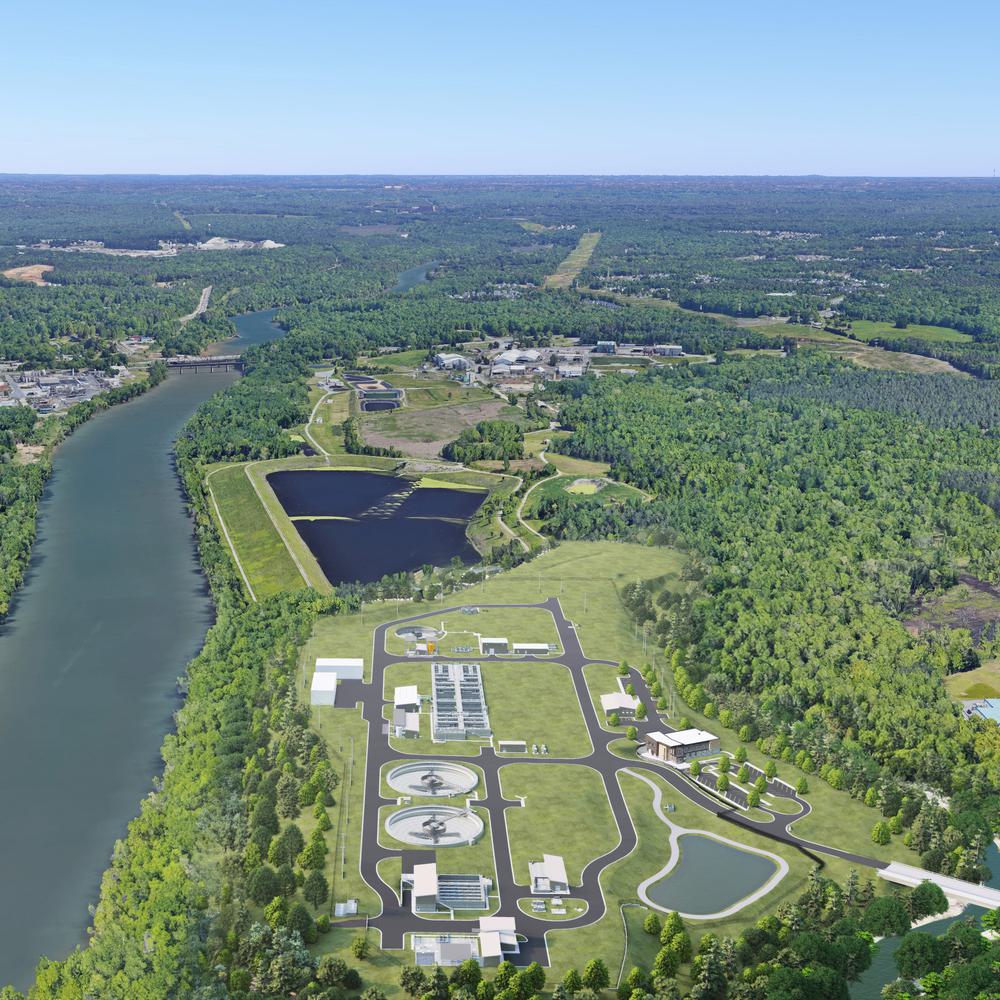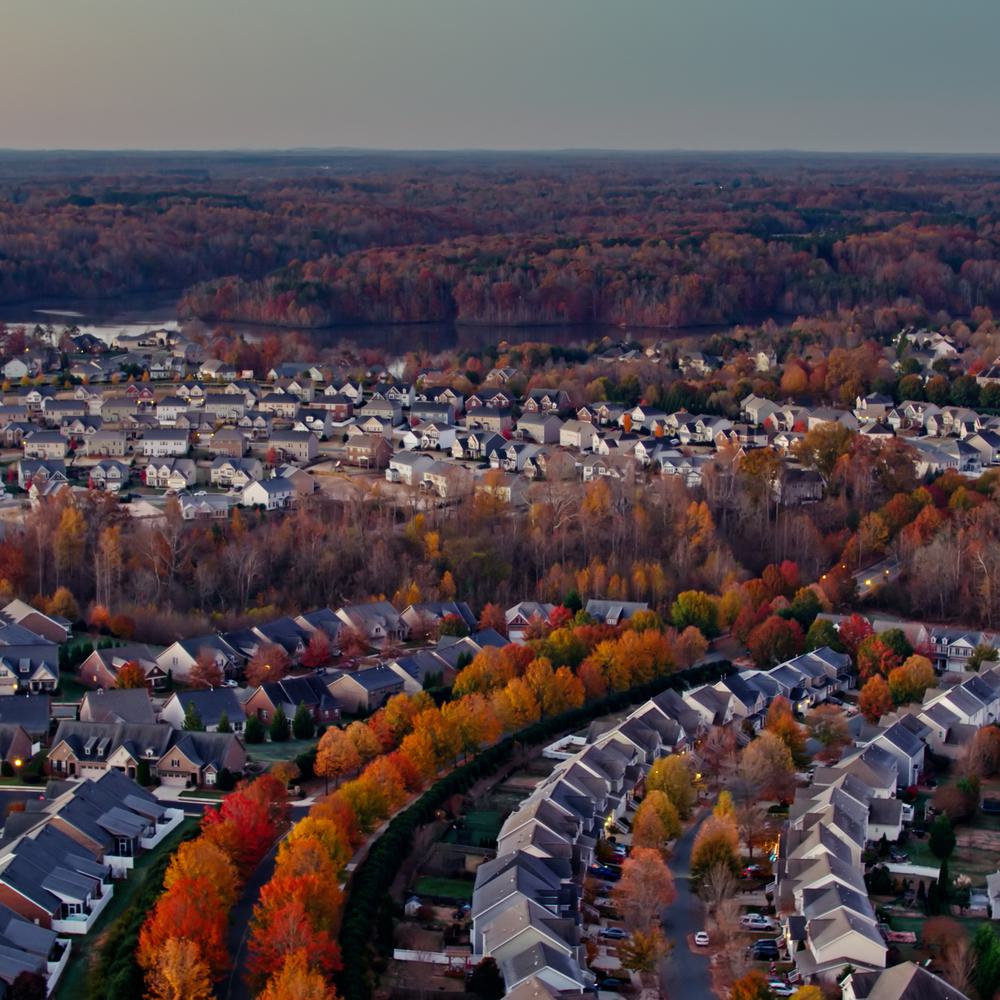Implementing Reuse to Achieve LEED/Sustainability Goals
Hazen and Sawyer was commissioned to lead a study designed to provide practical guidelines for developers, engineers, and architects who wish to incorporate water reuse at the building or small community scale.


The project provided information regarding the scope of necessary infrastructure, the costs of implementation, applicable regulations, and associated benefits and potential challenges. A series of case studies drawn from over 50 building-scale water reuse systems were collected and incorporated into a guidance document and computerized decision support tool designed to provide guidance in selecting technologies that meet multiple levels of sustainability goals.

Ben Stanford leads digital strategy efforts and develops advanced technology solutions for drinking water, water reuse, and wastewater utilities.


Project Outcomes and Benefits
- A total of 52 on-site reuse systems from across the US and elsewhere were included in the database, covering a range of different reuse systems, sizes, locations, and treatment technologies.
- Of the 52 systems in the database, 11 of them ranging from 1,200 gallons per day at an office building to 250,000 gallons per day at a commercial site were selected for inclusion as detailed case studies.
- Decision support tool provides location-specific cost curves, water use forecasts and savings, water efficiency savings, and carbon footprint analysis for each user-defined project.
- The tool also can be used to indicate how water reuse can help to achieve up to 12 points towards LEED certification.
- Guidance document provides a context, summary, and evaluation of the tools developed in this project and serves as a reference “manual” for those interested in incorporating decentralized water reuse systems into future projects.























